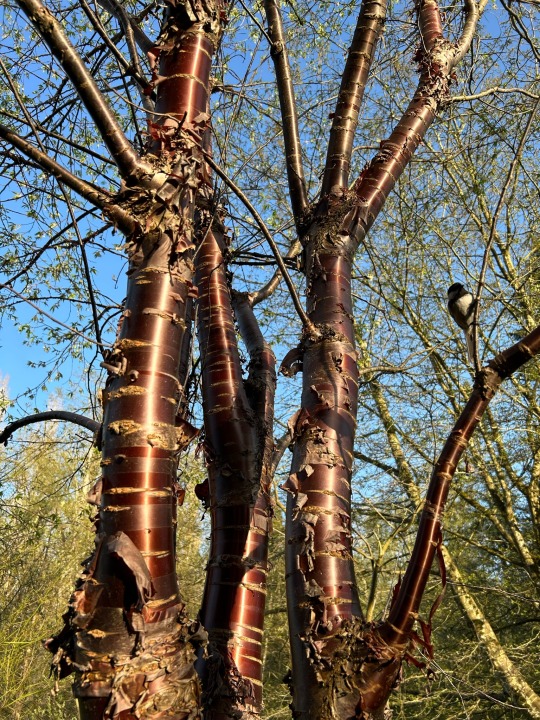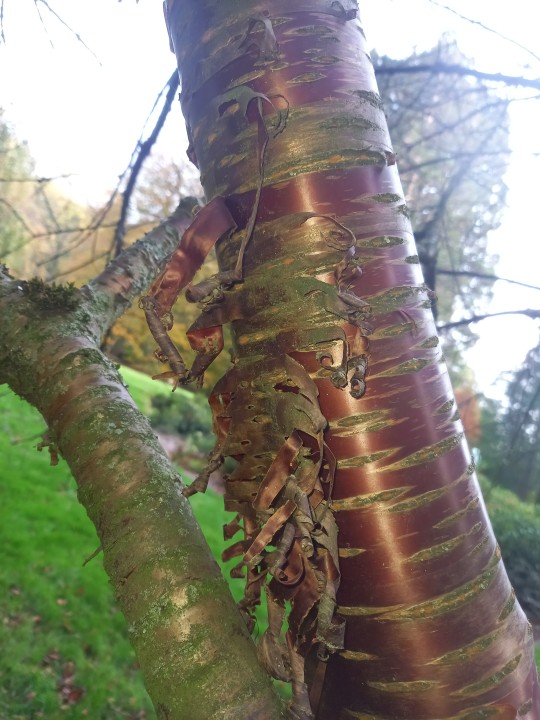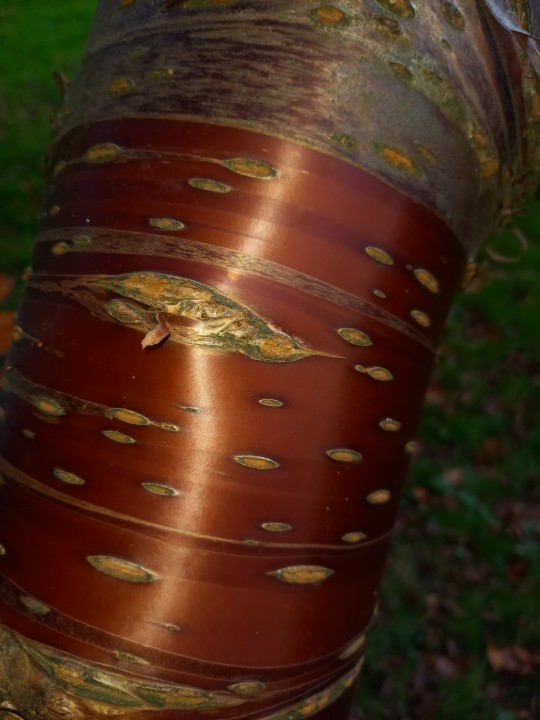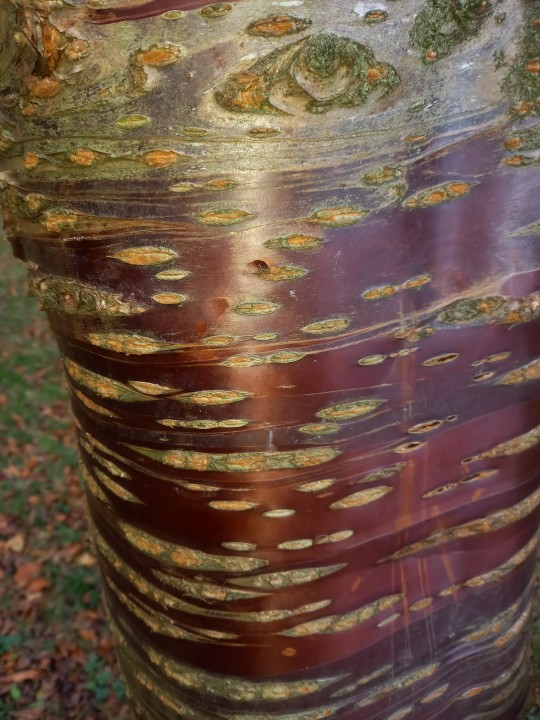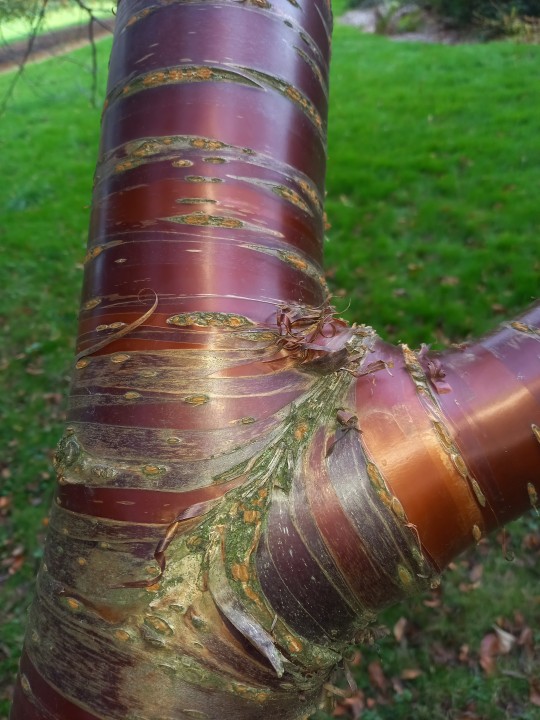#Prunus serrula
Photo

Nantes Patio Decking
Mid-sized island style courtyard patio container garden photo with decking and no cover
0 notes
Photo

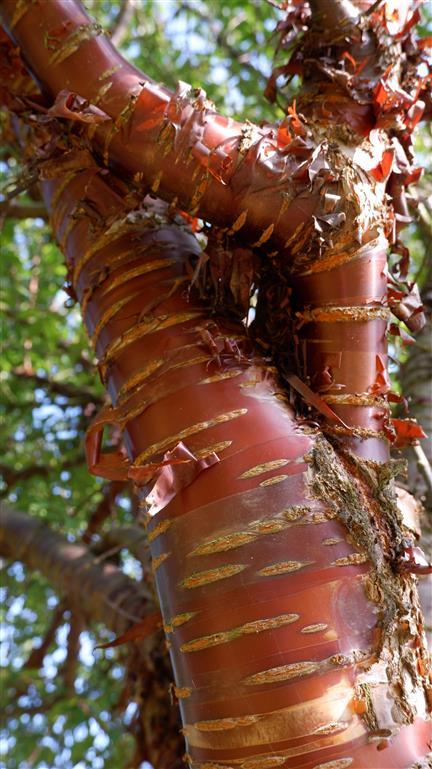
Peeling Bark Cherry - Prunus Serrula.
73 notes
·
View notes
Photo

Prunus serrula
Ornamental Cherry, Tibetan Cherry
(via)
51 notes
·
View notes
Photo
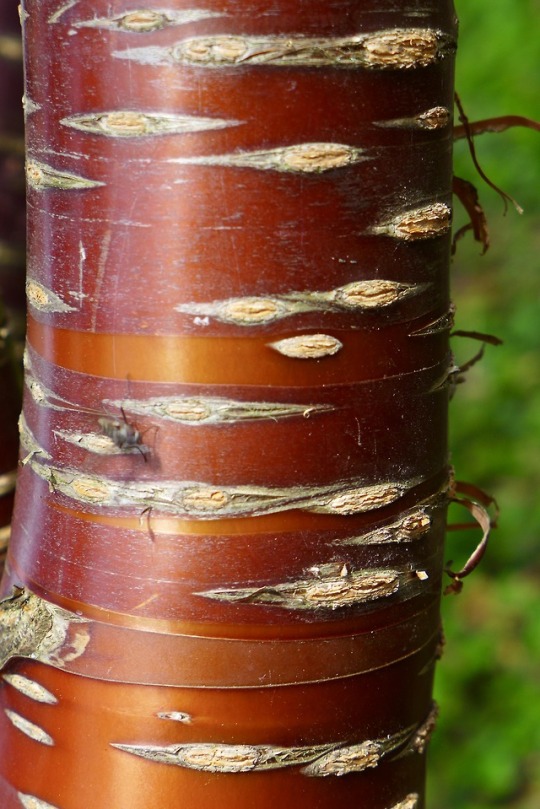
Birchbark (Prunus aff. serrula)
#original photographers#photographers on tumblr#bark#birchbark#tree#tree trunk#rbge#royal botanic garden edinburgh#Prunus aff. serrula
12 notes
·
View notes
Text


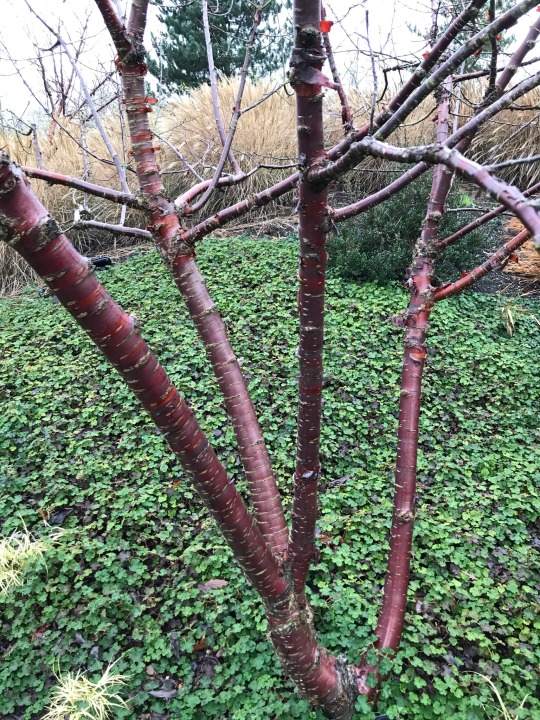
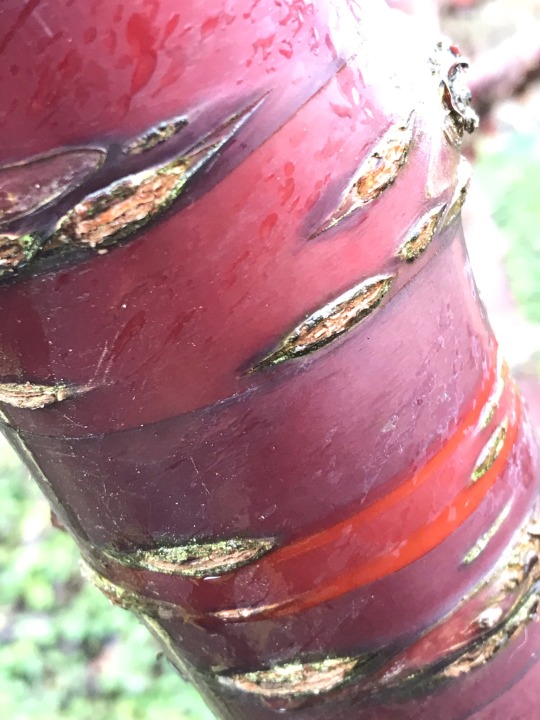
Plant of the Day
Saturday 30 January 2021
All year round Prunus serrula (Tibetan cherry) has this beautiful shiny rich brown bark but in winter it is an eye catching feature of the garden. This small deciduous tree has white flowers just before the leaves emerge and yellow autumn colour.
Jill Raggett
#prunus#Tibetancherry#cherry#bark#deciduoustree#tree#winterinterest#wintergarden#plants#writtledesign#mhort#gardens#horticulture#garden#essex#rhshydehall#hydehall
86 notes
·
View notes
Text

Ilyen tibeti cseresznyefa (prunus serrula) is kell, bekamerázom, hogy láthassam a csalódott arcokat, mikor kiderül hogy mégse réz.
54 notes
·
View notes
Photo
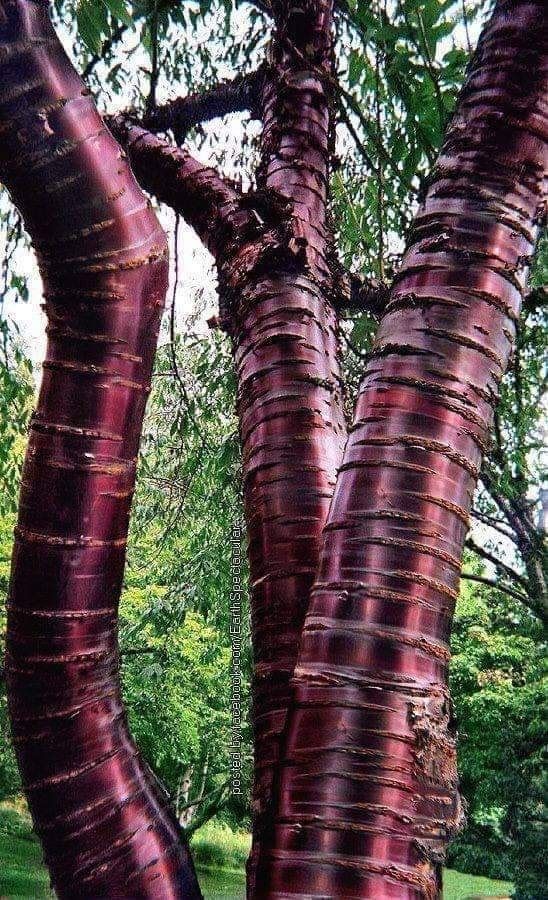
🔥 Some Tibetan Cherry trees. The Tibetan Cherry tree (Prunus serrula), native to Tibet and Western China, is known for it's plastic-like mahogany-red bark.
2 notes
·
View notes
Text

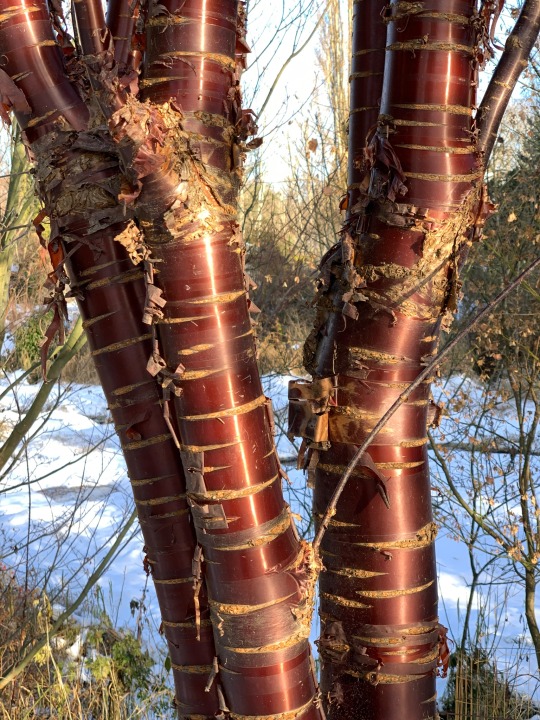

Birch bark cherry in the December sun.
Prunus serrula
50 notes
·
View notes
Text






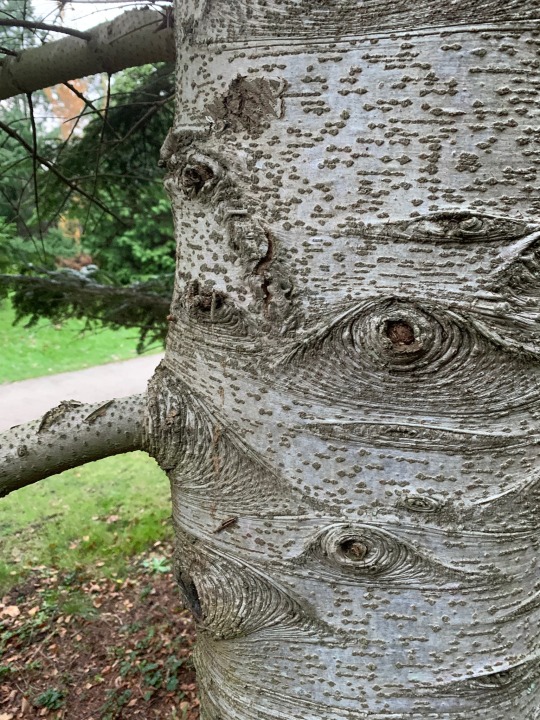

Tree stems that I think look pretty!
1. Prunus serrula
2. Betula utilis ssp. (subspecies) jaquermontii ‘Doorenbos’
3. Prunus maackii
4. Metasequoia glyptostroboides
5. Fagus sylvatica
6. Pyrus communis
7. Abies nordmanniana
8. Fraxinus excelsior
#I do know their names in Swedish but could not be bothered to find the English names#landscape architecture#mine#trees#plants#nature
1 note
·
View note
Photo
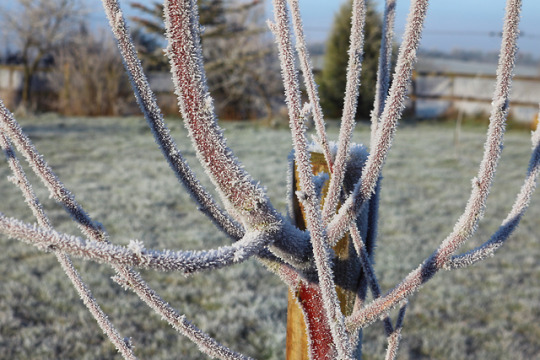
Tibetan cherry (Prunus serrula).
January 2019.
6 notes
·
View notes
Text
In winter the perfect garden
In winter, many garden owners find that they have not considered the fourth season at all in the design. The garden looks dreary and there are no interesting plants to which the eye is drawn. With these design tips, your garden is also beautiful in winter.
Larger shrubs are not only important in summer as a source of shade. From a design point of view, they have an important task especially in winter: they ensure that the garden does not look like a flat white surface, but gives it a spatial structure. Therefore, it is best to plant hedges on your property and plant at least one tree or larger shrub, depending on the size of the garden.
Design with evergreens
Evergreen plants convey the confidence that not all life has disappeared from the green realm after all. A house wall covered with coloured ivy (for example Hedera helix ‘Goldheart’) looks much friendlier in winter than a leafless wild wine (Parthenocissus tricuspidata ‘Veitchii’).
Under the snow cover, geometric shapes also come into their own, such as cut spheres and bed borders of evergreen boxwood (Buxus sempervirens). Groundcovers such as the golden strawberry (Waldsteinia) or the periwinkle (Vinca minor), which retain their green foliage in mild winters, also make an important contribution to the “Winter Garden” project.

Decorative foliage
Those who prefer deciduous species can, for example, choose plants whose foliage is attractive even when withered. A beech hedge (Fagus sylvatica), for example, shows a warm, reddish-brown hue in winter with its long-lasting leaves, which also goes very well with evergreen plants. Many ornamental grasses and perennials can also set beautiful accents in winter gardens with their seed stands and withered leaves.
The white winter dress sharpens the eye for details. That is why shrubs with bright red berries are also a valuable addition to the garden. Choose species that bear their fruits for a particularly long time, for example the common snowball (Viburnum opulus), various wild and shrub roses as well as ornamental apple varieties such as ‘Red Sentinel‘. The trick: Their fruits are initially very acidic and only become edible after prolonged exposure to frost. The birds’ interest in these berries is therefore limited in early winter.

winter in garden
When everything is in full bloom in summer, one plant is more or less irrelevant. In winter, on the other hand, every single flower enhances the garden. The selection of winter flowering plants is small, but fine: the most striking are flowering shrubs such as witch hazel and winter snowball (Viburnum x bodnantense ‘Dawn’), which usually opens its first flowers as early as autumn, but usually pauses until the main flowering season at the beginning of March when the cold is bitter. And also for the house wall there is an attractive flower decoration in winter: The real jasmine (Jasminum nudiflorum) opens its yellow flowers around Christmas time in mild weather. The plant is a so-called spreader mica, which means that, similar to rambler roses, it does not form any adhesive organs, but simply long shoots, which should occasionally be guided through the climbing aid.
Early perennials and bulb flowers
The (Helleborus niger) is the flower classic for the winter perennial bed. It bears snow-white flowers which, as the name suggests, open at Christmas time. The long-lived evergreen plants thrive best on loamy, calcareous soils in the semi-shade of well-grown woody plants. A little later, at the end of February, the more robust and vigorous Lenzrosen (Helleborus Orientalis hybrids) start the season. The early risers among the bulbous and tuberous plants, such as the early spring cyclamen violet (Cyclamen coum), which usually opens its pink flowers in February, also add a touch of colour to the winter garden. It is supported by the first winterlings (Eranthis hyemalis) and snowdrops (Galanthus nivalis).
Trees with beautiful bark
Trees with beautiful bark really come into their own in winter. The true masters of this discipline are the
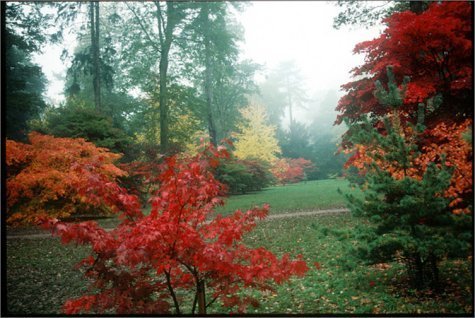
. The cinnamon maple (Acer griseum) has a beautiful cinnamon-brown bark, which rolls up in broad strips even on young trees before it falls off. The rust beard maple (Acer rufinerve) and the snake skin maple (Acer capillipes) have a smooth olive green bark with a fine white pattern.
The rarer red stripe maple (Acer conspicuum ‘Phoenix’) presents a reddish bark with fine white vertical stripes. The mahogany cherry (Prunus serrula) is also planted with ochre-yellow, wide horizontal stripes mainly because of its shiny reddish-brown bark. In addition, it wears a beautiful snow-white flower dress in April. Those who are not so enthusiastic about the exotic will not have to wander into the distance in search of shrubs with beautiful bark: The native sandbirch (Betula pendula) and the European parson’s hat (Euonymus europaeus) do not have to hide in this respect at all.
Christmas rose
In winter the perfect garden was originally published on botany and gardening
3 notes
·
View notes
Text
Choosing a tree

Every tree brings a range of benefits to the garden. As well as flowers and fruit, some offer sculptural shapes, coloured bark, vibrant autumn colour, and differing degrees of shade, or a combination of these qualities. The choice is wide, so decide what you want most from a tree before you buy one.
ASSESS YOUR NEEDS
Trees are an investment in time, money and space, so it is important to pick one that suits your garden. Soil type and aspect are important considerations, but so too is the amount of space you have available, bearing in mind how large the tree will grow. Also remember that trees cast shade, and draw large quantities of moisture and nutrients from the soil, affecting other plants growing nearby. They can also undermine foundations with their roots, so be careful to site your tree at a distance from buildings. You should also prioritize the qualities you want from your tree, whether it’s aesthetic beauty, structure, privacy, or wildlife habitat.
SEASONAL INTEREST
Some trees have several seasons of interest, and offer great garden value. Prunus serrula has spring blossom and copper bark for winter appeal. Both Malus x moerlandsii ‘Liset’ and Sorbus vilmorinii have spring flowers and autumn fruits; the Sorbus also has attractive foliage. With spring flowers, summer berries and rich autumnal tints, Amelanchier lamarkii has a lot to offer, and is ideal for smaller plots.
DESIGN EFFECTS
Trees play a number of useful and decorative roles in the garden. Where there is space and a clear line of sight, consider a tree with a strong structure, such as a birch or decorative cherry, to act as a stand-alone focal point. A tree with a good canopy, such as the Indian bean tree, Catalpa bignonioides, provides shade from hot summer sun when planted close to a south-facing seating area. Large-leaved trees can also help create a tropical effect in the garden. Try the fragrant snowbell, Styrax obassia, with its scented white flowers, or the evergreen loquat, Eriobotrya japonica, an ideal choice for year-round privacy.
0 notes
Text
Thursday TreeLove 114
I love the bark on this tree hence so many photos of it. It’s a Prunus Serrula or Tibetan Cherry and was seen in the grounds of Seaton Delaval Hall.
TTL
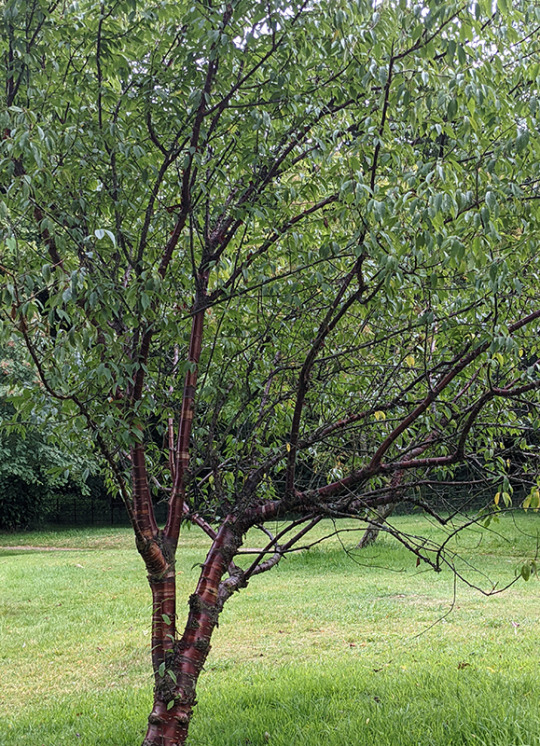
View On WordPress
0 notes


